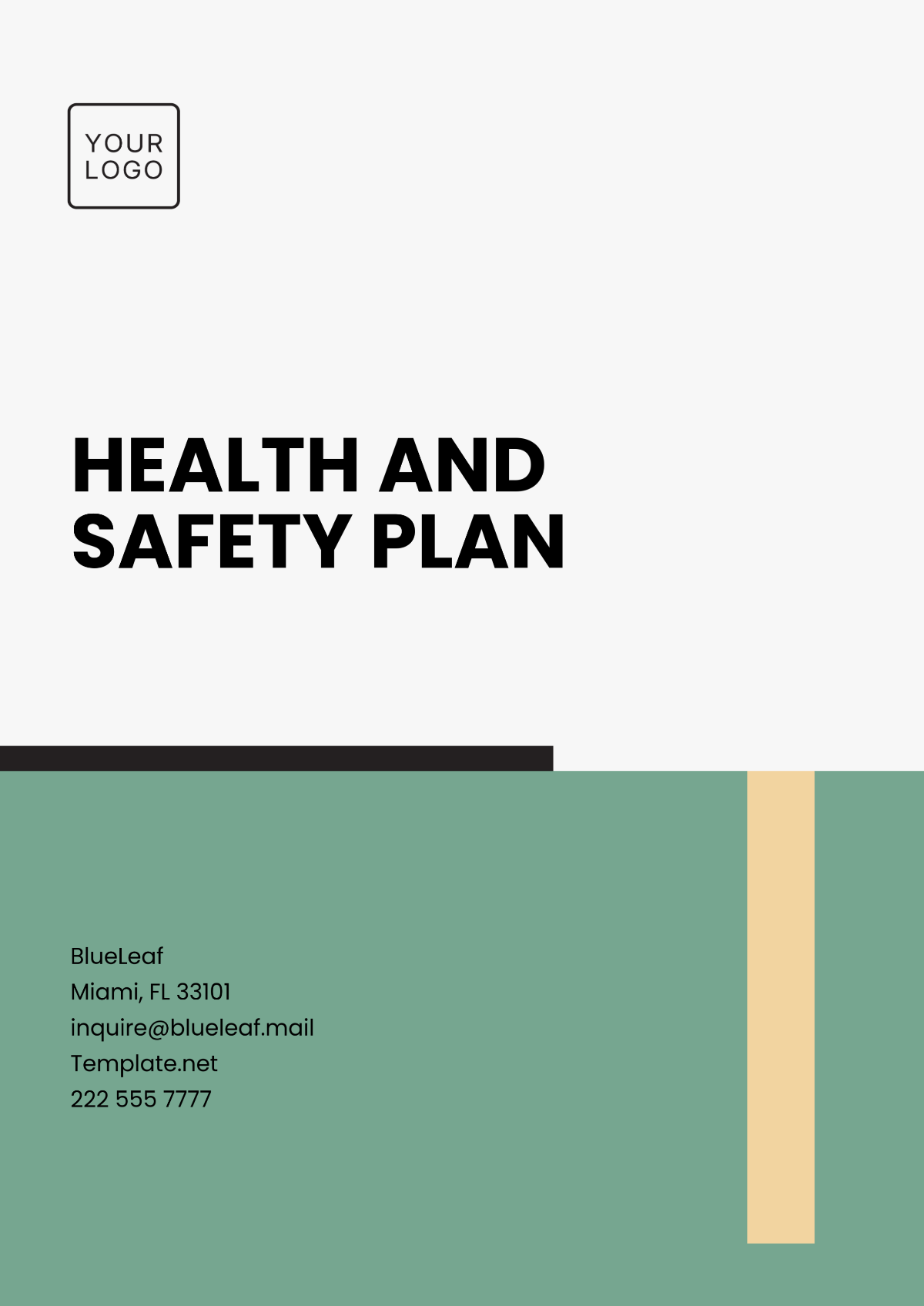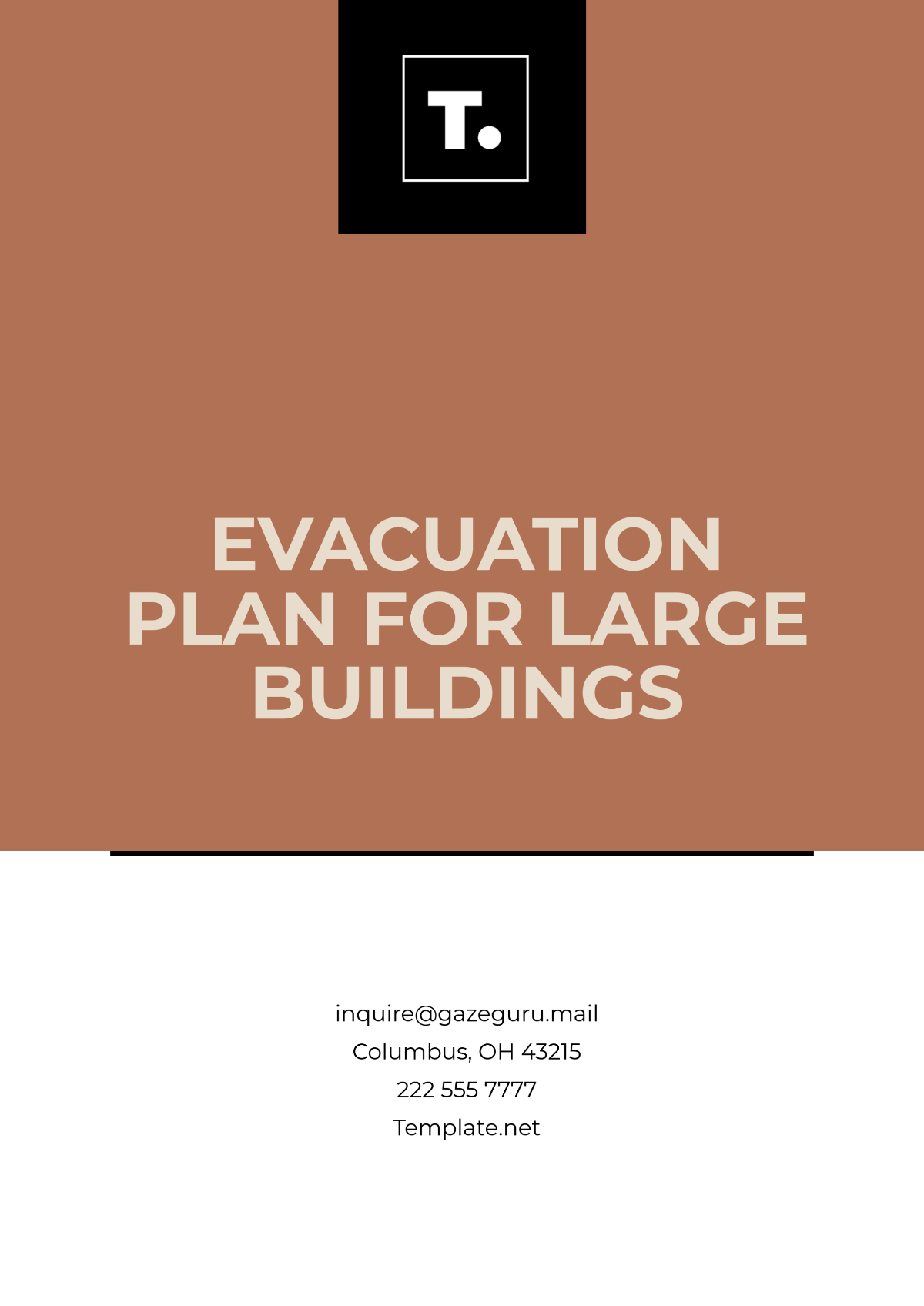Free Safe Work Plan
Ensure workplace safety with Template.net's Safe Work Plan Template. This editable and customizable template helps you develop safety protocols, hazard assessments, and emergency procedures. Promote a safe work environment for employees, contractors, and visitors. Editable in our AI Editor Tool, this template facilitates compliance with regulations and best practices, fostering a culture of safety and well-being in the workplace.






























